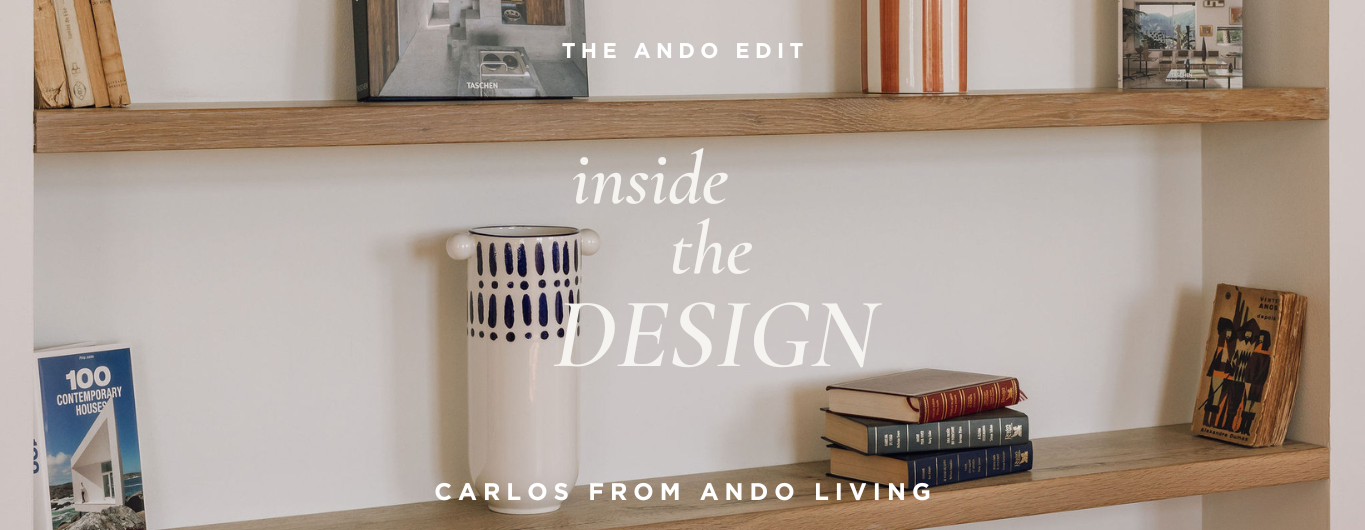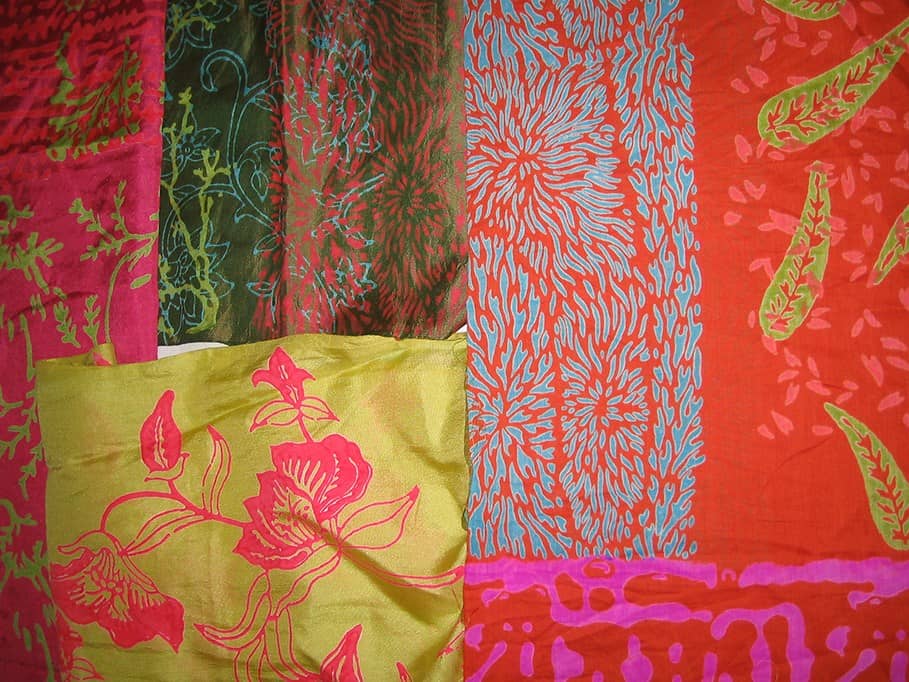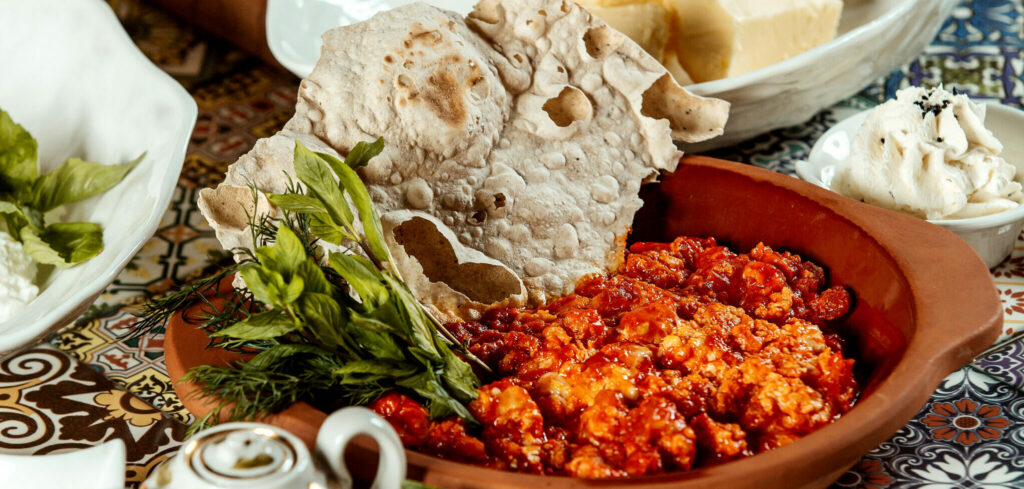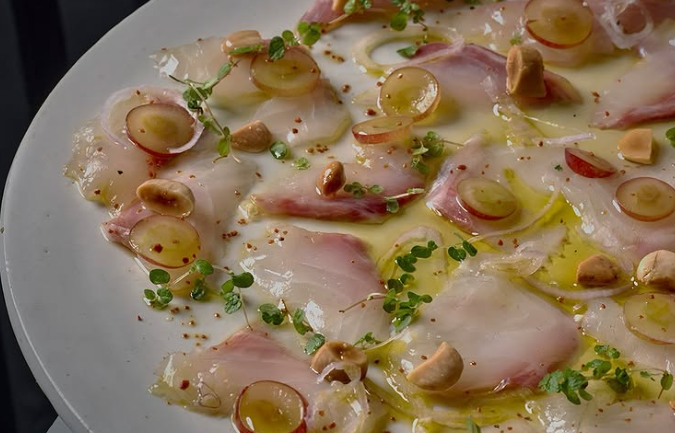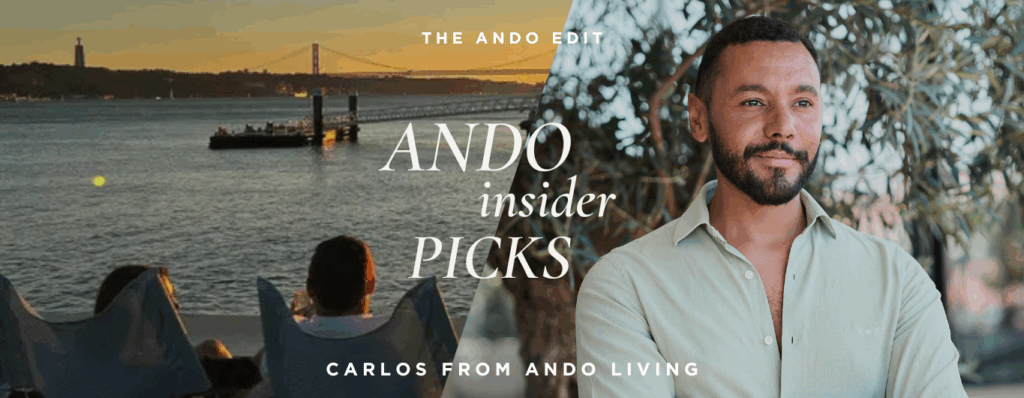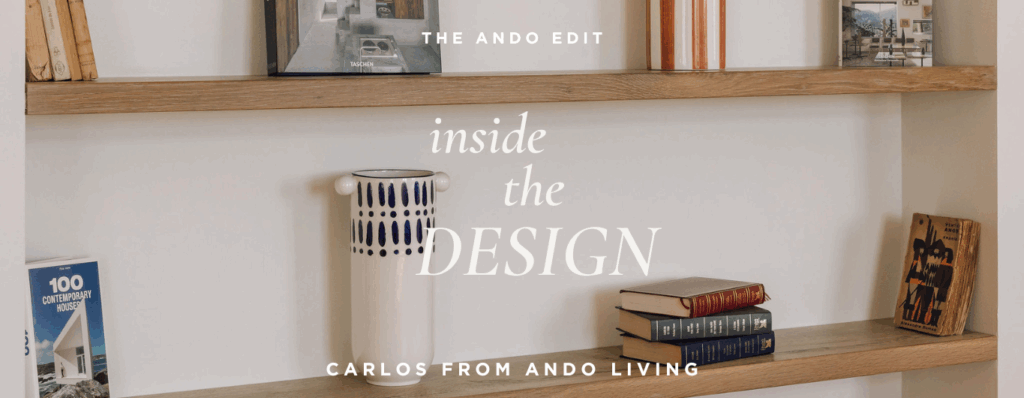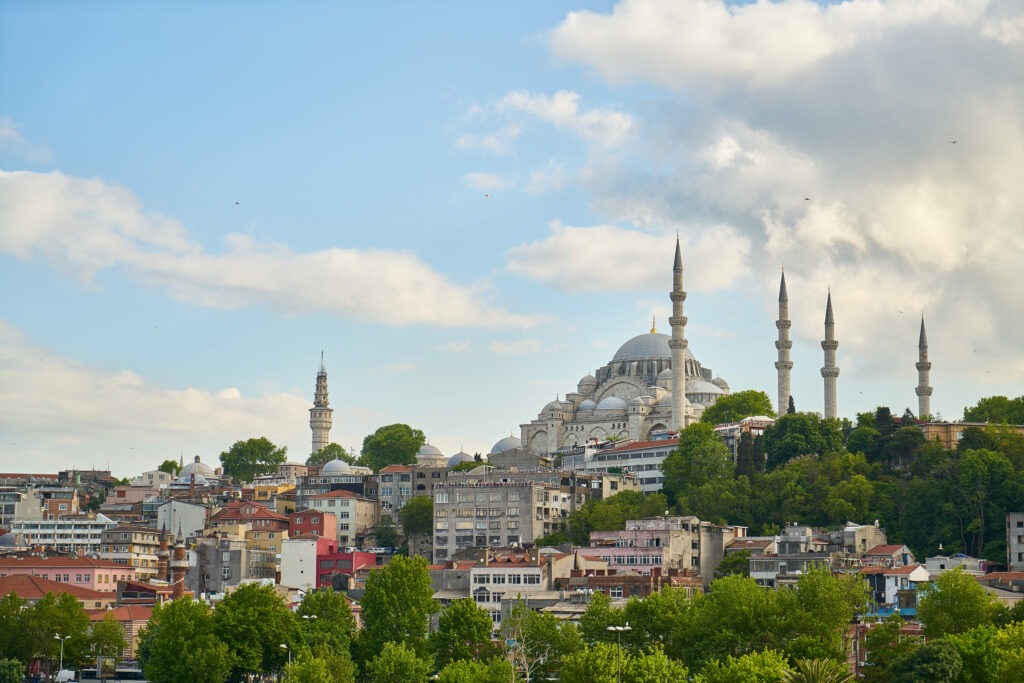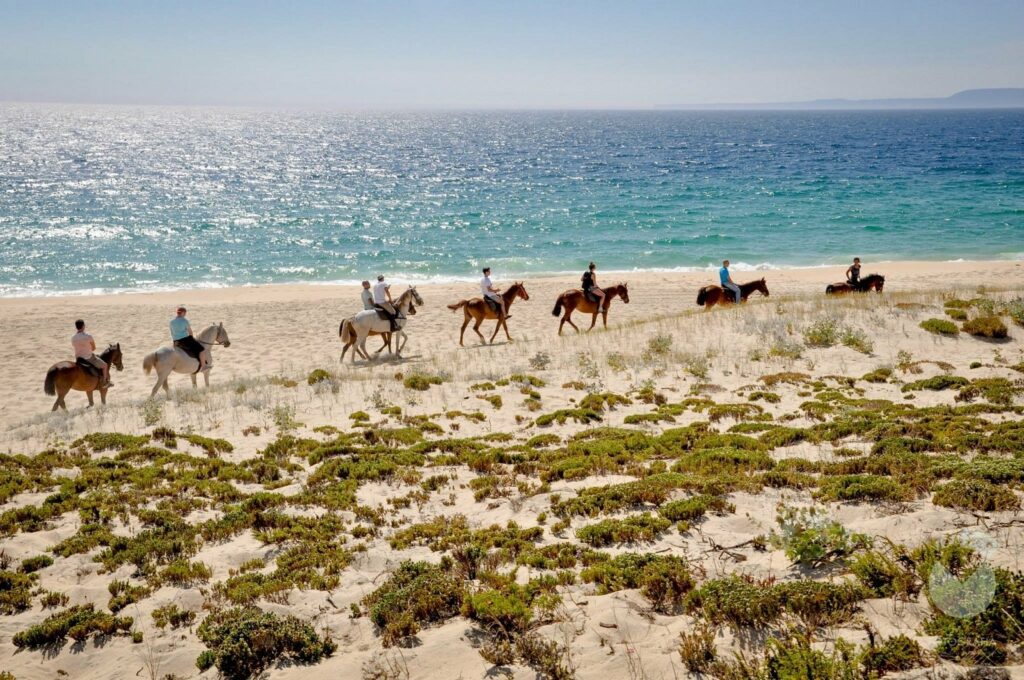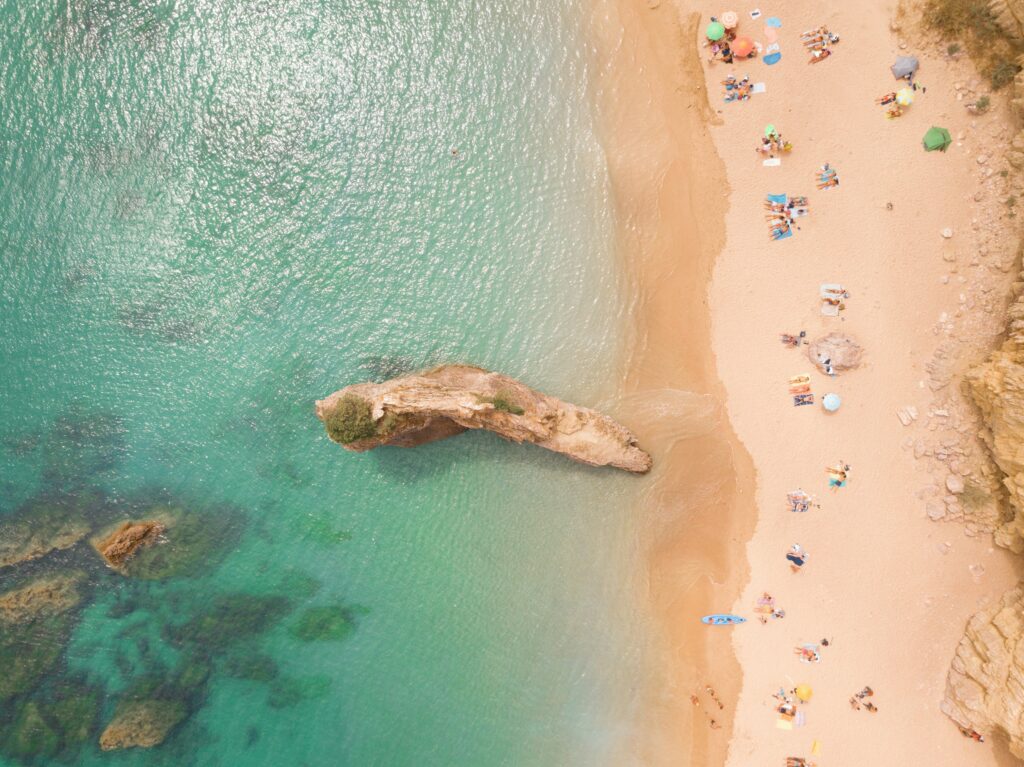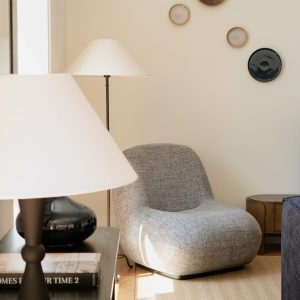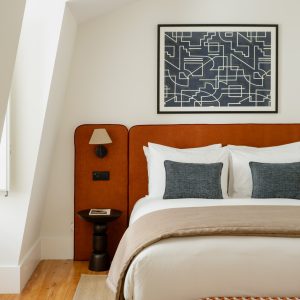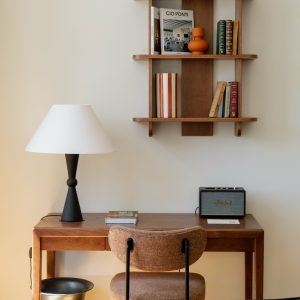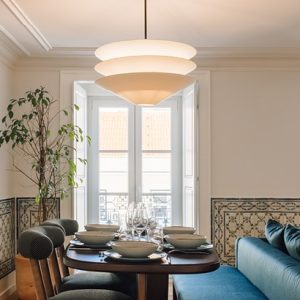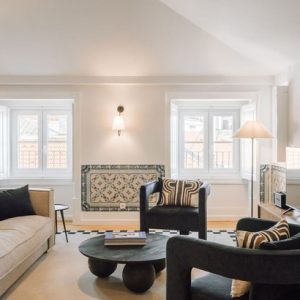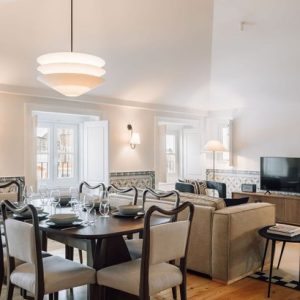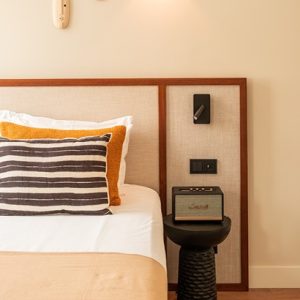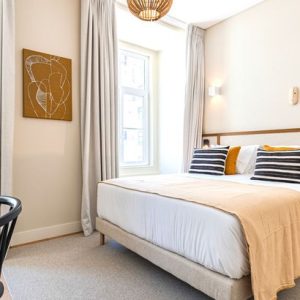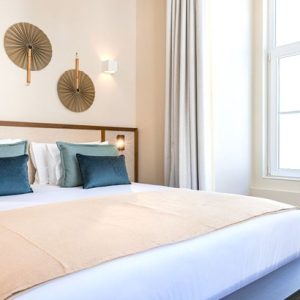Are you a design lover as much as we are?
So this article is for you, we seat down with Carlos Vasconcelos Matias, Interior Design Project Manager at Ando Living, to explore the history behind designing our Corpo Santo 48 House in Cais do Sodré.
Hi, can you tell us your name and your role at Ando Living?
Hello, my name is Carlos Vasconcelos Matias, I’m the Project Manager of the Interior Design team, in charge of the new Ando Living Corpo Santo House. My goal is always to shape spaces that feel both meaningful and effortlessly lived-in, rooted in history, but always with a contemporary twist.
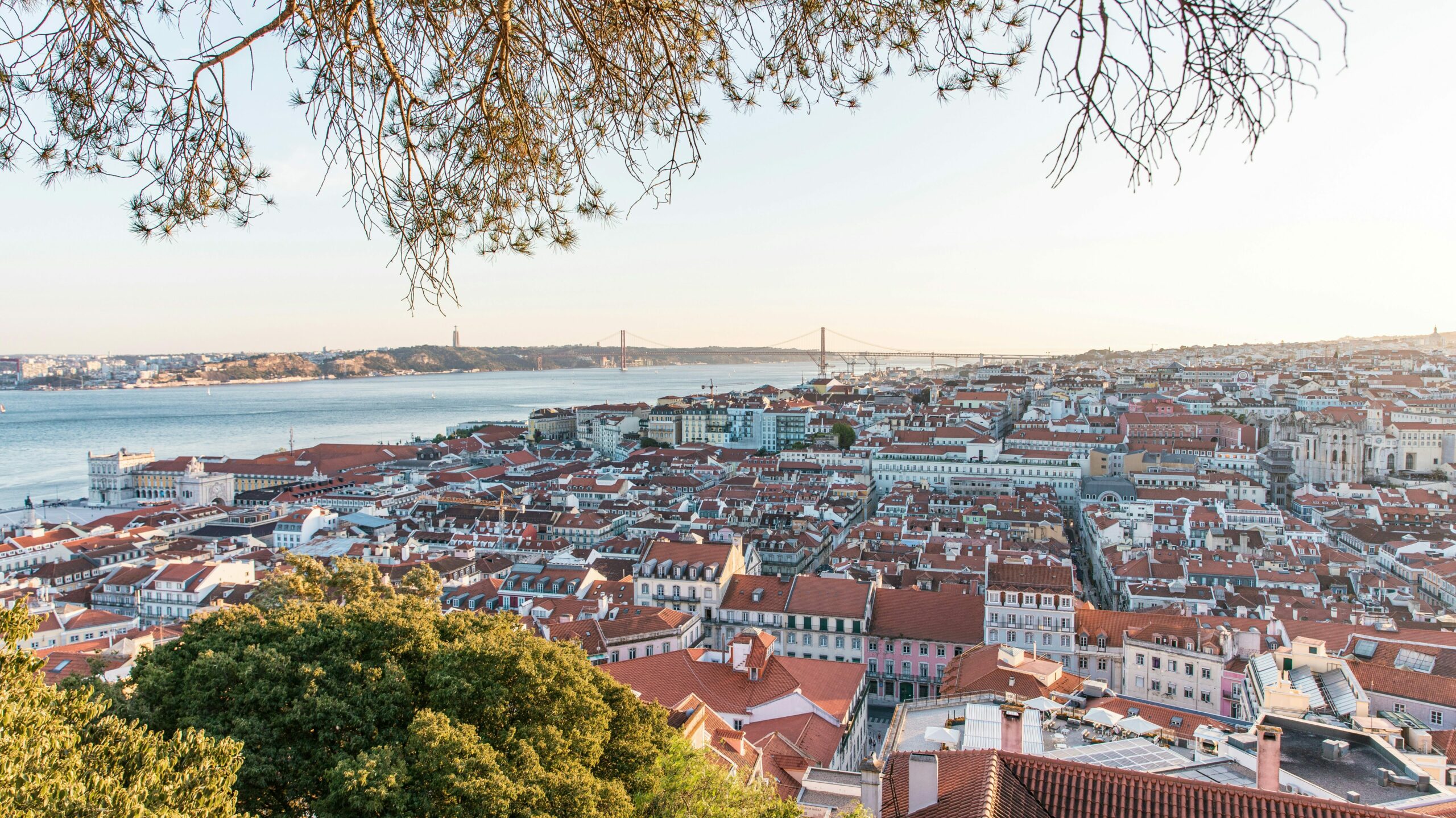
When designing a new project such as the Corpo Santo House, what’s your usual approach?
I start by listening to the building, to the street it “sits” on, and to the invisible layers of time and history branded into its walls. My approach is always contextual. With Corpo Santo, I dove deep into the area’s legacy, letting the stories of Cais do Sodré neighborhood and Ribeira das Naus shape the narrative.
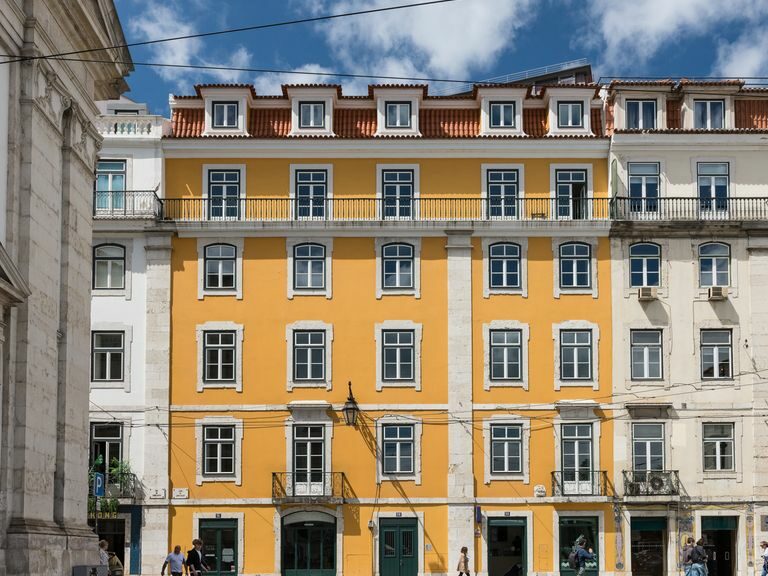
What makes the design of the Corpo Santo House special?
Corpo Santo House is nestled in one of Lisbon’s most historically rich quarters. It’s just steps from where Portuguese explorers once set sail to get to know other lands and cultures. Just around the corner stood the Paço da Ribeira, the royal palace where the Portuguese monarchy resided. This proximity meant that the entire area was deeply symbolic of the grandeur of the era.
As Lisbon modernized, original buildings like Corpo Santo House were extended, above their 4 floors, gaining one additional floor and attic apartments over time.
In designing the interiors, we embraced that same duality: respecting the elegance and structure of its 18th-century roots while weaving in elements that speak to Lisbon’s continuous reinvention. It’s a space where the maritime past, heritage, commercial trade and modern living converge in quiet harmony.
What was your inspiration for the design of the Corpo Santo House?
The design is inspired by movement, voyages across the sea, and emotional journeys through time. We brought in elements that reflect that era. Terracotta pots similar to those used in maritime trade, textures that recall sails and ropes, and colors pulled from both earth and ocean.
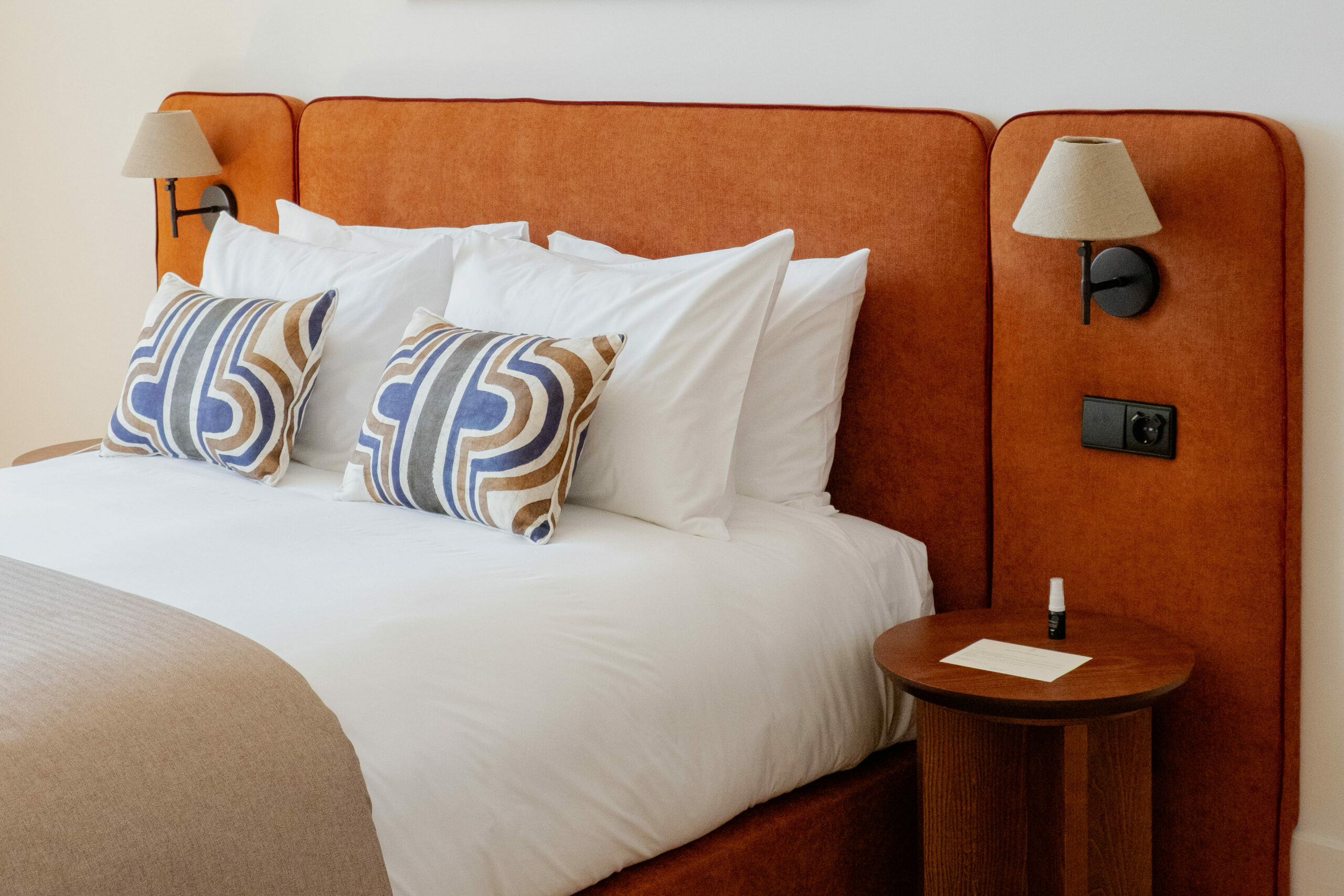
Are there any signature materials or fabrics you used, and what drew you to them?
We used rich walnut wood as a nod to the most prestigious materials of the 16-18th centuries. This same wood was once used for nautical instrument cases, compasses, astrolabes, and finely luxurious crafted furniture.
One of the standout materials is terracotta, an earthy element. We selected hand-painted clay pots from Caldas da Rainha, a portuguese town famous for its master ceramicists.
The headboards throughout the house echo this terracotta hue, paired with lamps inspired by traditional fishing nets. Every detail was chosen to feel lived-in yet refined, almost like a house of an explorer finally returning home.
